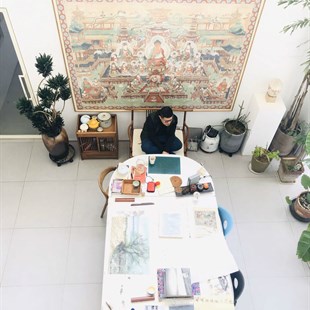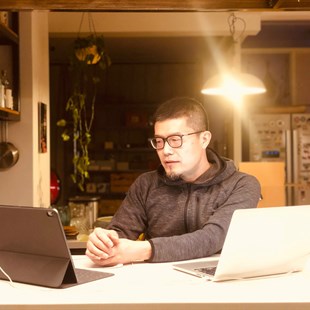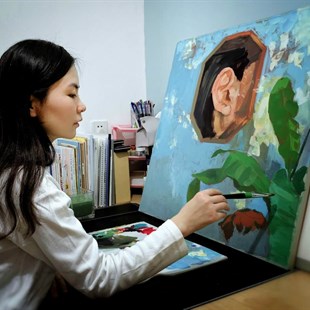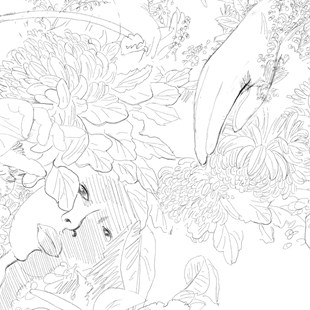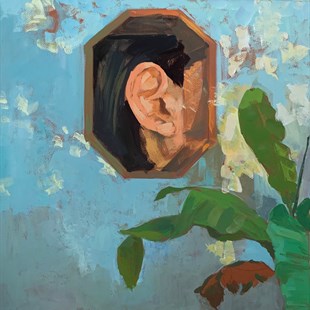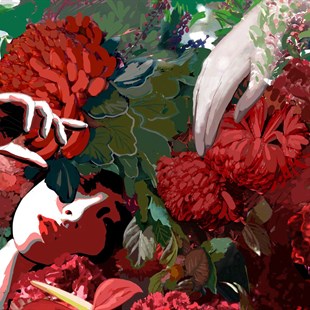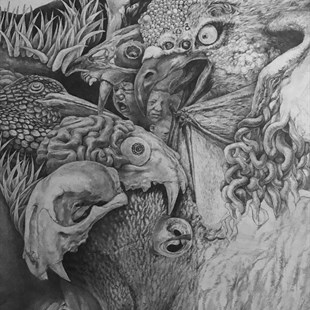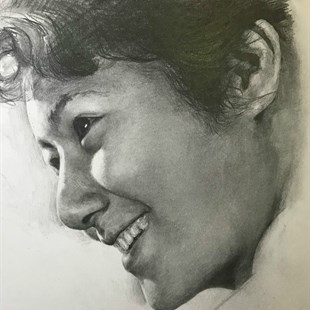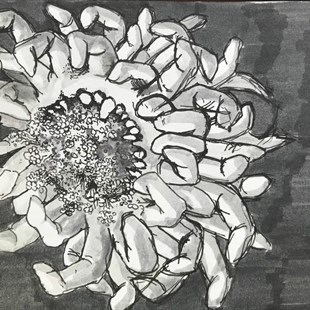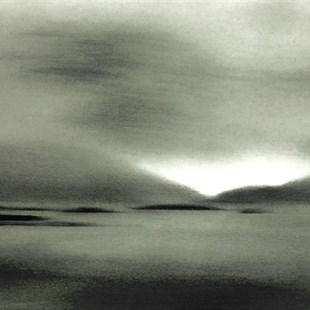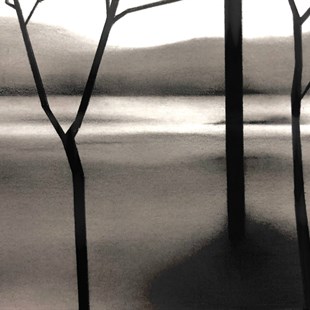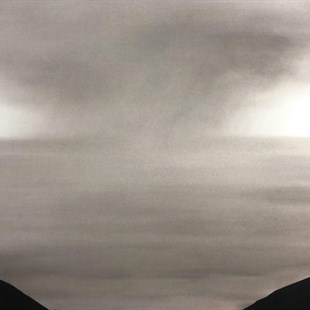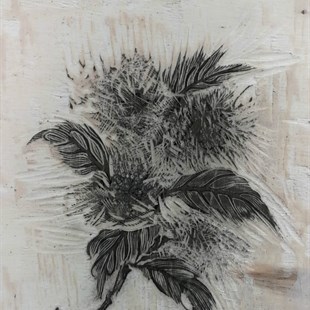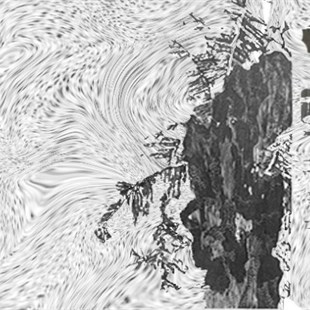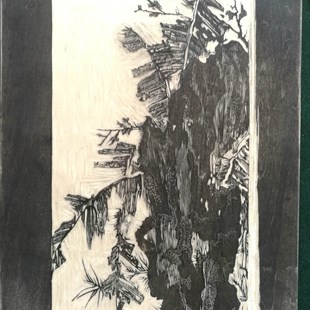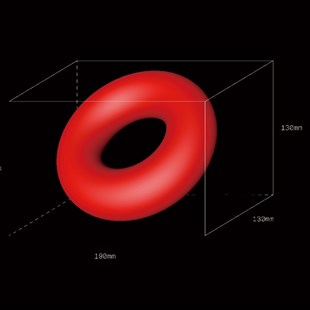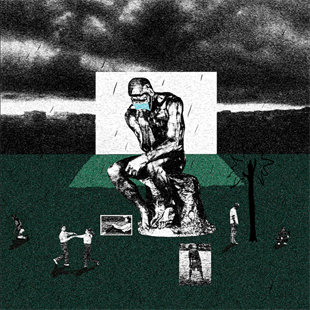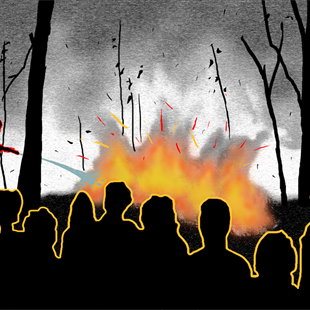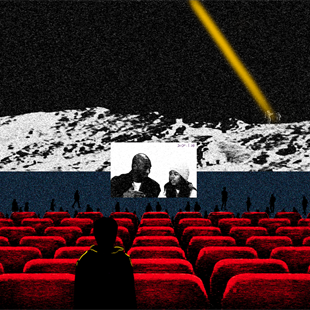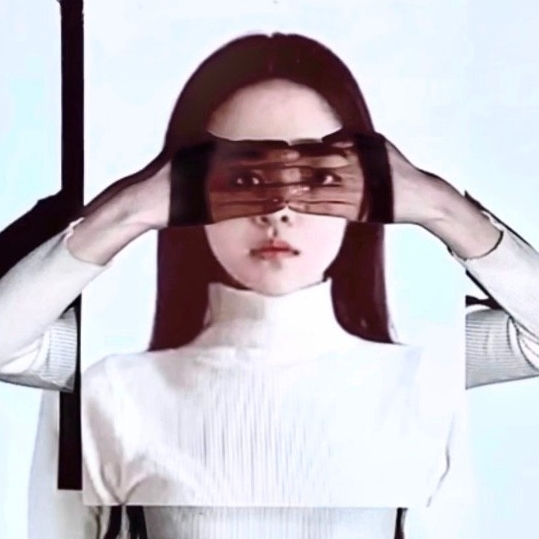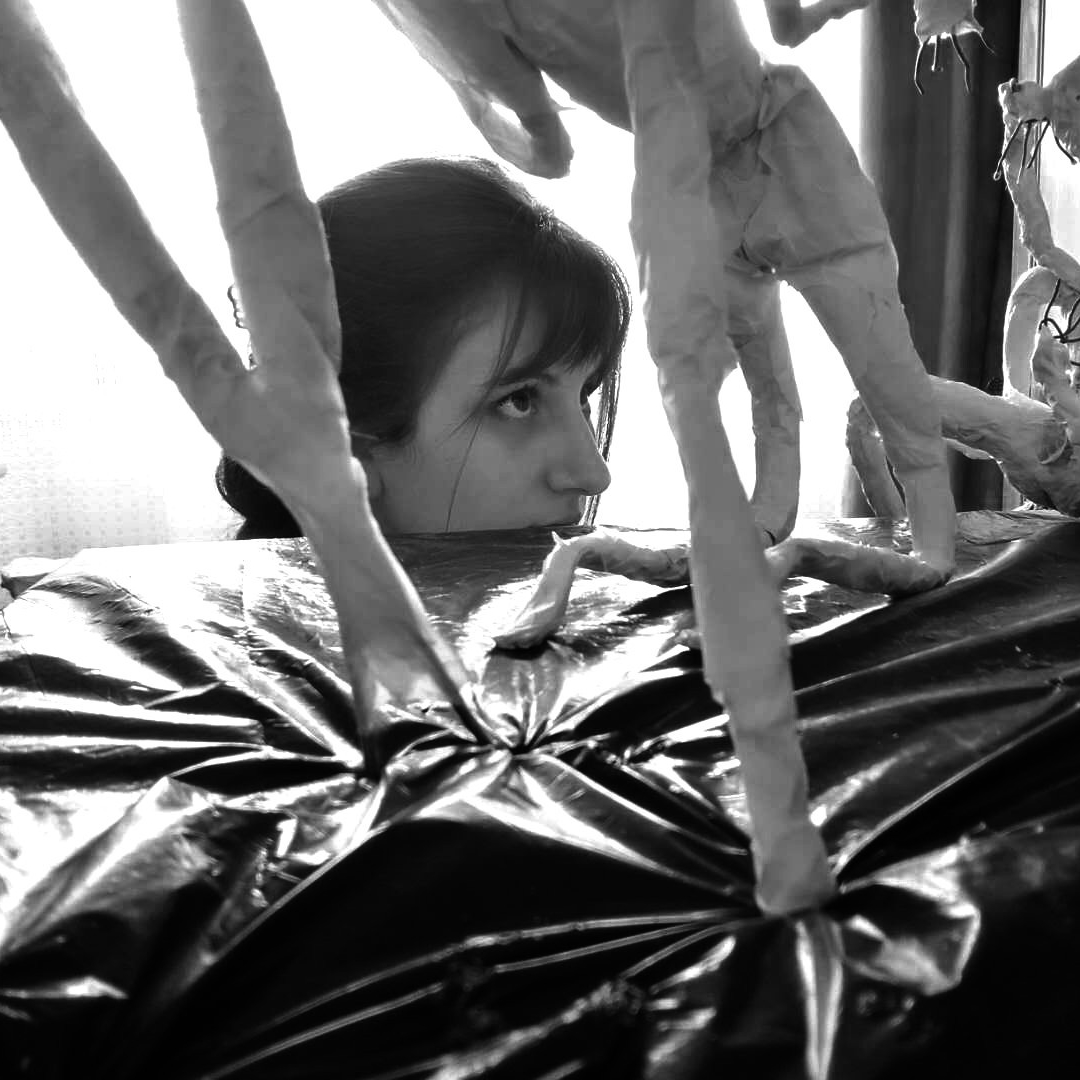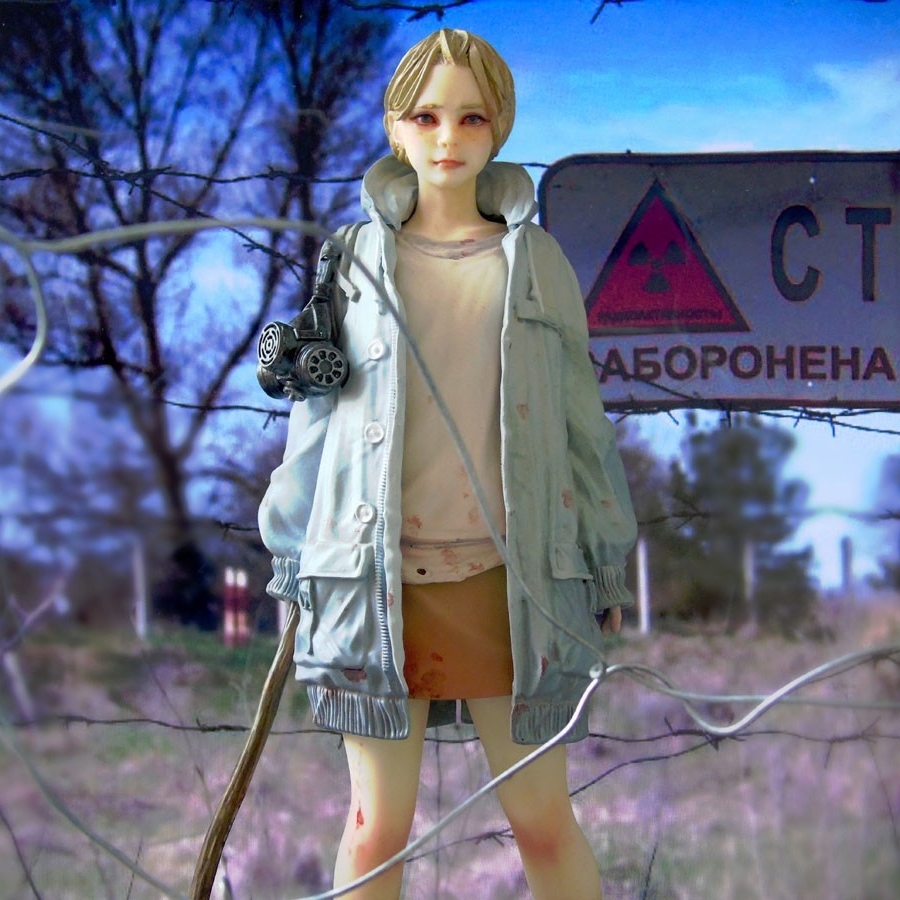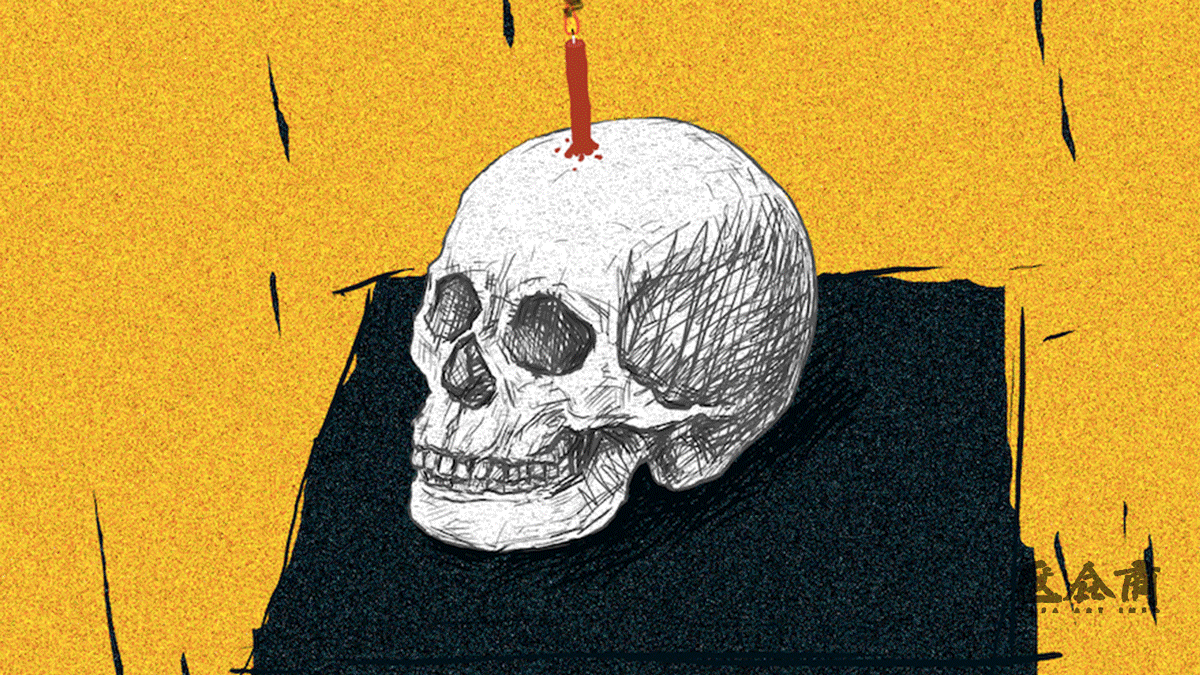
The pandemic aroused by COVID-19 has changed the modes of production, transportation and life style of the entire society, which also directly affects the teaching methods between teachers and students in schools. Recently, many colleges and universities have started “online classes” across the country.
Teachers have become “hosts” lecturing from podiums to online teaching platforms. With a fresh sense of perception, students have conducted discussions on social media platforms with diverse expressions:
“Softwares crash before people”
“It is the teachers rather than students who suffer most”
“Sit for a while, then lie down”
“But we don’t need to grab a seat anymore”
“It’s more convenient to search information”
“It’s unnecessary to wash my hair”
“We don’t need to crowd into a dining hall”
“It turns out to be quite interesting”
When we directly watch the realistic online teaching classes, the significance behind them is undoubtedly rich: will online teaching bring new opportunities or challenges to art education? How should an art academy conduct online classes? How should art courses that emphasize technical training and face-to-face communications adapt to this new situation? What impact will it have on the traditional education model?
Therefore, CAFA ART INFO will successively launch a series of “online classes” to showcase the state of various teachers and students, to analyze the educational value of online classes plus opening a broader discussion.
In this session, we introduced how Kang Jianfei, a Professor from the Printmaking Department of CAFA conducted online classes with six of postgraduate students including Jiao Yunsi, Ni Zhengpeng, Huang Shu, Xu Tengzan, Zhao Yao and Qi Chenggeer (the first postgraduate year: “Printmaking and Illustration”; the second postgraduate year: “Image Application”; the third year: “Graduation Creation”).
Online Teaching Notes
Based on the Interview with Kang Jianfei and His Teaching Plans
In the past, there were mainly two teaching methods for practical courses in the Academy of Fine Arts. One was the teaching of technologies. Generally, in the fundamental courses, teachers would use a combination of lecturing and demonstrative methods. The other was a creative course, which was mainly based on discussions. The practical part is not easy to achieve with the current online teaching or the best way has not been found. In addition, there will be a "field" in the actual teaching in a concrete space. In this field, there are some things that can be understood or even do not need to be spoken of. This part is difficult to realize in the virtual space.
I didn't make any preparations for this online course, because the materials needed for the course are all ready, but we just change the way of communication. In fact, it takes a long time to communicate through the Internet, but it is also the first time that such a neat and ceremonial online course of art has been set up at the Central Academy of Fine Arts.
Taking the postgraduate course as an example, we mainly use WeChat as a tool. I divided the course into two parts: first, the "rational" communication in the WeChat group. I asked students to use pictures (video, PPT) + text (typing) to state their plans, schedules and progress. Teachers should also comment on it in words. The second stage is the video communication stage, which I call the emotional communication stage. Everyone uses language to fully discuss the topics of the first part. After the course, all the texts will be sorted by the classmates on duty, and then each speaker will revise them and finally organize the posts and launch them through the public platform. The result of this teaching method is more ceremonial than in the past. Through thinking, expression, formation of texts, discussion, and arrangement of texts, we can make our ideas clearer and more accurate. WeChat posts make the previous private communications within the studio more public, which will also indirectly enhance the sense of responsibility of course participants, and everyone's attitude will be more serious and committed. Another benefit is that the text we edit and save will be ready for the publication of a “textbook” in the future.
If the traditional art education is to think about the core issues of art through the study of art surfaces (technologies, languages), then online teaching may be more rational and is concerned more about the reasoning and thinking behind art. I think online teaching will definitely have an impact on traditional art education, but it will not reach the extent of “shock”, because no matter whether it is online teaching or studio teaching, these are all means of teaching, they differ in the level of efficiency. But no matter what carrier is used, the final content is the most important. That is to say, no matter what kind of teaching approach, the most important element is the lecturer.
Socrates once said: The most beneficial is the most beautiful. I think whether it is art education or other things, as long as we have good intentions and enthusiasm to pass on something beneficial to society and other people, the more people are influenced, the more beauty will be popularized.
Course Introduction
The postgraduate program requires students from all three grades to participate at the same time. There are currently six postgraduate students (if conditions allow). The purpose is to promote academic exchanges between students, broaden the thinking dimension, and also benefit the classroom atmosphere. At present, the specific courses are the first grade "Printmaking and Illustration", second grade "Image Application" and third grade "Graduation Creation". The postgraduate course must first respect the individual research context of each student. Because courses are set up according to individual needs, the establishment of specific topics must be in line with the individual's development cues. The subject is the introduction, and the reason behind the art is truth. The achievements of postgraduate teaching will be reflected in three aspects: personal creations, essays and the mastery of art courses. Therefore, the following course content also focuses on the above points.
Members of the Classroom
Teacher: Kang Jianfei
Third grade: Jiao Yunsi, Ni Zhengpeng, Huang Shu
Second grade: Xu Tengzan, Zhao Yang
First grade: Qi Chenggeer
Course Record: Ni Zhengpeng
Introduction to Kang Jianfei
Professor of Printmaking Department, Central Academy of Fine Arts
Research on “Contemporary Applications of Printmaking”
Published teaching monographs include: Imaged World/ The Sixth Studio of Printmaking Department at the Central Academy of Fine Arts
Courses:
“Printmaking as a Means of Reproduction”
“Printmaking as Illustrations / The Relation between Texts and Images”
“Artists’ Book”, “Continuous Painting”
“Contemporary Application of Printmaking/Technologies, Languages and Concepts”
Summary of Discussion
Professor Kang Jianfei put forward a question for discussion from the very beginning. As the course was entitled an “Application of Images” which was supposed to research how to use images? The premise of how to use images is first to determine the channel for using images, such as the traditional display of digital paintings in physical space and the pure online transmission of images. What is the difference when an image is spread between these two communication channels? Which parts of them should we emphasize? Will there be any difference in viewing methods?
After each student made their presentations, Professor Kang Jianfei concluded that although everyone’s expressive style is different, their endeavor can be conveyed through their presentations, with sufficient thinking, the actual achievement will be completely different. First of all, all students should open their mind, secondly, they should invest time in it and make full use of it.
In traditional paintings, the final display means, whether it appears in an art gallery or part of domestic interior design, you might find that its display method is fixed, then the biggest contrast with traditional paintings is the movie, with a still frame picture, moving images, sounds, continuous plots and even montages, which can be interspersed from one space-time to another. These are the methods that directors and artists can use.
The suggestion he wanted to make was that when it comes to the output method, he still pushed back from the original idea, or he wanted to print it, mount it and hang it in a space. He thought that after reorganizing the clues, when the exhibition method becomes the current output method, can we use animation or sound? With this transmission method, what other methods can we add? He thought these questions can be considered again. However, as the internal contribution of the course, when it came to the scope of the images to be used, the keywords would be found, “how to use” and “what image” to use. He thought it would be great to solve this problem in this course. So he thought the change for himself was that he rationalized some emotional things. About the definition of identity he mentioned. originally he defined everyone as an independent artist, but the situation might be different for each one. Then the ideas and expressions sorted out in the course would be very helpful for the future class. It was not a simple application, but a methodology for thinking about the problem. Although views might be different, the ways to think about the problems remain the same, so as the way to solve the problems.
Also, he shared a method with his students, that was, reverse training. Faced with the dilemma in life, if you just think it is a dilemma, it is meaningless in itself. What is meaningful is not to let us solve this dilemma, but to enter the next state, which may be the so-called prosperity, may be the next dilemma, but which might eliminate the present dilemma.
According to Prof. Kang Jianfei, art originates from life but is higher than life and the difference between life perception and works of art lies in that art extends something through your reaction. For example, Freud, at the end of his life is still in the studio, one can interpret the attitude of an artist from his state of his life, the significance of his work is magnified, when you suddenly connect with his life, you will find his attitude towards life. He thought that it's certainly a difficult process to use this period to try more and fully open the mind. This kind of communication on WeChat is also a supplement to past courses. After one or two years of training in such courses, the logic analysis of each student will become clear and their ability to express can be well trained.
Text and Photo Courtesy of Kang Jianfei and His Students, edited by Zhang Yizhi
Translated and edited by Sue/CAFA ART INFO


